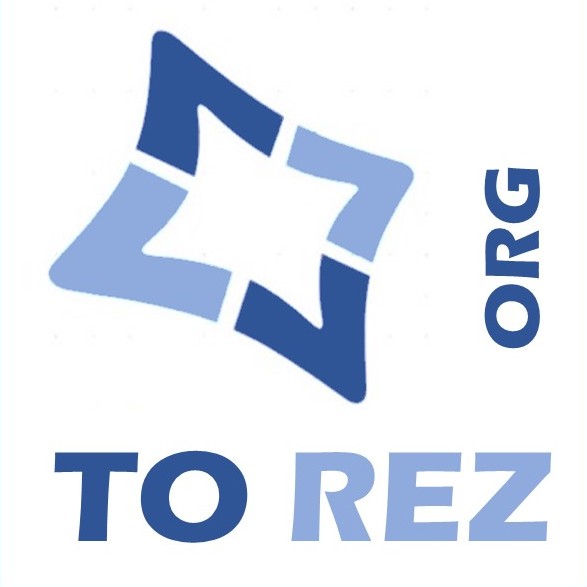Building and fire codes set minimum requirements for the various functions of a new development that ensure fire and evacuation safety in the event of an emergency. Implemented early in the design and construction phases of a project, these safety measures are integral in keeping building occupants safe, though their presence alone is far from the only requirement set out by building and fire codes.
Once all systems are installed and a building is occupied, it becomes the responsibility of building owners or property managers representing them to meet the stringent maintenance, inspection tests, and checks at specified intervals prescribed by fire code to ensure that all systems operate as intended in the event of an emergency. This work entails maintaining proper records, to be filed and organized for easy review by fire officials, verifying that maintenance tasks have been performed correctly, reviewing reports to ensure that there are no deficiencies or that deficiency reports are followed up on.
Another challenge owners and managers face is navigating the various issues encountered with fire safety equipment vendors and changing municipal and provincial compliance requirements. Many of these issues were brought to light in 2018, when a City of Toronto Auditor General’s report titled Raising the Alarm highlighted a lack of proper process in place to review reports or follow up on missed items and deficiencies, as well as uncovering fraudulent vendor activities. The City of Toronto recently launched the Fire and Life Safety Program Office to lead the effort in addressing these concerns regarding compliance.
